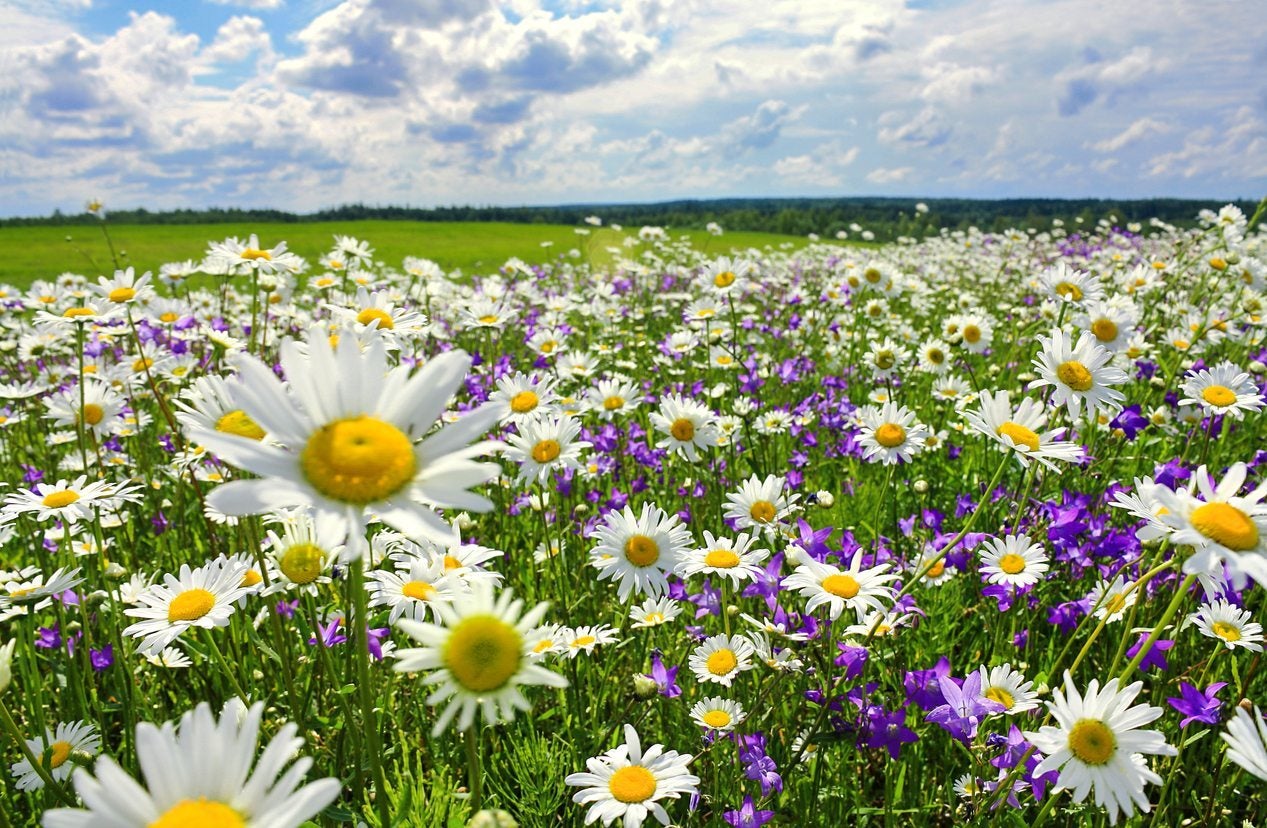Zone 7 Wildflowers – Tips On Choosing Wildflowers For Zone 7


The term “wildflower” typically describes plants which are growing freely in the wild, without any help or cultivation by humans. These days, however, we incorporate wildflower beds into the landscape, bringing a touch of the wilds of nature into our controlled environment.
As with any plant, different wildflowers will grow best in different areas. In this article, we will list different wildflowers for zone 7, as well as offer tips for growing wildflowers in zone 7.
About Zone 7 Wildflowers
Most wildflowers grow easily from seed and wildflower seed mixes are readily available. If seed mixes are the route you plan to take, it’s a good idea to do a little research on each wildflower that is listed on the package. One region’s wildflower can be another region’s invasive weed. Wildflowers can quickly spread by self-seeding, naturalizing, or forming colonies through vast root structures.
Wildflowers can also be annual, biennial, or perennial, and this can depend on what zone you’re in. Knowing about the plant’s needs and habit can prevent a lot of trouble down the road.
In northern climates, wildflowers are typically planted from seed in the spring, so perennial wildflowers will have all summer to grow vigorous roots, and annual or biennial wildflowers will have all season to complete their life cycle.
In hot climates, wildflower seeds are usually planted in autumn as the cooler, wet weather of fall and winter aids in their germination and root development.
Most zone 7 wildflowers can be planted in spring and/or autumn. September through December are excellent times to plant zone 7 wildflowers.
Gardening tips, videos, info and more delivered right to your inbox!
Sign up for the Gardening Know How newsletter today and receive a free copy of our e-book "How to Grow Delicious Tomatoes".
Choosing Wildflowers for Zone 7
When growing wildflowers in zone 7, native species usually establish and grow better than non-natives. Below are some native wildflowers for zone 7. Since common names can be different in different regions, the scientific name is also included:
- Black cohosh (Actaea racemosa)
- Blue vervain (Verbena hastata)
- Bergamot (Monarda fistulosa)
- Boneset (Eupatorium perfoliatum)
- Butterfly weed (Asclepias tuberosa)
- Cardinal flower (Lobelia cardinalis)
- Columbine (Aquilegia sp.)
- Crooked stem aster (Symphyotrichum prenanthoides)
- Goats beard (Aruncus sp.)
- Goldenrod (Solidago sp.)
- Jacob’s ladder (Polemonium caeruleum)
- Leadplant (Amorpha canescens)
- Milkweed (Asclepias sp.)
- Mountain mint (Pycanthemum sp.)
- New England aster (Aster novi-angliae)
- Nodding pink onion (Allium cernuum)
- Purple coneflower (Echinacea purpurea)
- Rose coreopsis (Coreopsis rosea)
- Shootingstar (Dodecatheon meadia)
- Sky Blue aster (Aster azureus)
- Virginia bluebells (Mertensia virginica)
- White turtlehead (Chelone glabra)
Native wildflowers for zone 7 are also beneficial for pollinators, providing plenty of nectar and host plants. Other wildflowers will also provide nectar for pollinators, as well as seeds for birds. Some of the below mentioned zone 7 wildflowers do have native varieties: